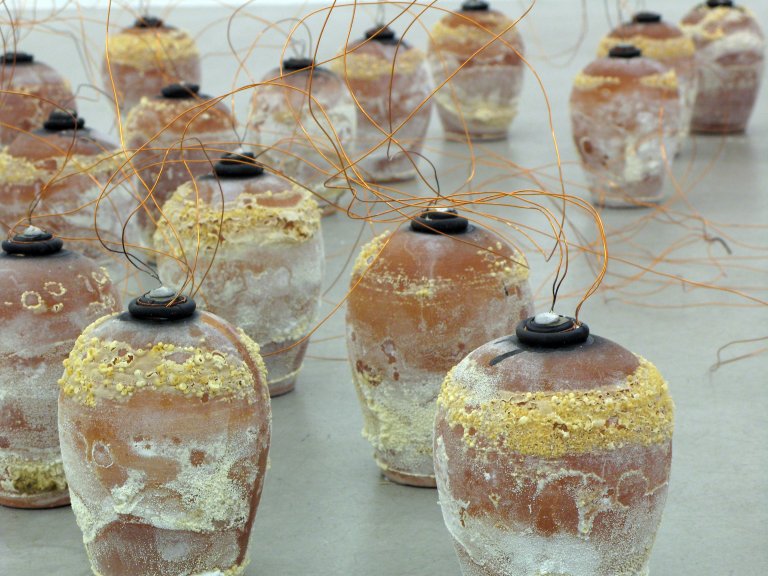
Christian Andersson, Paper Clip (The Baghdad Batteries), 2009, detail
»Christian Andersson & Alexander Gutke«
Stockholm, October 08, 2010 - November 14, 2010
Christian Andersson and Alexander Gutke, both based in Malmö, are colleagues, peers, and friends. Their respective practices, though distinct, draw them into dialogues and exchanges. Including newly produced and older works, the exhibition at Galerie Nordenhake Stockholm can be viewed as a curated presentation of these dialogues and exchanges.
Christian Andersson observes phenomena and often employs sleight of hand to challenge our understanding of such fundamental concepts as time, space, truth and knowledge. Delving into history, archaeology and the concept of the archive he shows a group of works that re-evaluate the past and our knowledge of, and access to it. Alexander Gutke engages in issues of self-reflexivity, narrative and cinema. In his investigation of devices such as cameras and slide projectors, his medium becomes both means and end in a paradoxical loop. Here he confronts and stretches our preconceptions of representation and authenticity using the principals and techniques of photography and projection in a way that suggests factuality but can be obscure and sometimes arbitrary. Many works in the exhibition address the themes of space and time and investigate issues around light and darkness, knowledge and uncertainty. Andersson’s works The Sistine Chapel (B.C.) and Paper Clip (The Baghdad Batteries) both confound the principal of linear time. The chemical cells in Paper Clip restage the hypothesis, based on an archaeological find in 1936, that batteries were invented nearly 2000 years before Volta’s credited discovery, thereby undermining preconcepts of development and progress. The themes return in The Sistine Chapel (B.C.) in which the shards of time reconfigure in an otherwise two-dimensional universe. The diptych, Saturday, November 10, 1979…, presents one of the most date-specific artifacts - a newspaper. The work however forces a re-evaluation of the authenticity and source of such a document. Gutke’s 9 ways to say its over pays tribute to the end of cinematic time. Images of “The End” credits from b/w films in 9 different languages celebrate this marker of finality while acknowledge that the narrative and content of the cinematic experience extends beyond this point. In Universe, the projector itself becomes the subject of its own analysis. The machine’s Carousel logo is projected rotating in orbit on the wall in an endless loop creating a self-reflexive totality of both subject and object. The regular mechanical exchange of dia-slides becomes a metronome for the exhibition. In the second room information is both revealed and concealed. Camera is a steel maquette based on descriptions of Thomas Edison’s Kinetographic studio, otherwise known as the sinister-sounding “Black Maria.” Built in West Orange, New Jersey in 1893 it was also the world’s first film studio. The maquette has been covered in a photographic emulsion, thereby transforming the model into an exposed negative that absorbs its surroundings like a symbolic black hole. In this way Camera reflects cinema’s simultaneous absorption and production of reality. While Camera absorbs the world around it, Subtraktion nr4, absorbs light and unsuccessfully attempts to achieve blackness. By repeatedly hand-printing the line “all the colors of the dark” (the title of an Italian horror movie) using the subtractive primary colors Cyan, Magenta and Yellow, Gutke approaches an absence of light.
The absence of light and access is the theme of Andersson’s #3 (Corbis Film Preservation Facility), which depicts a restricted photographic archive in a greatly restricted view. Protruding from the wall the work brings up issues around ownership, censorship and access to photographic historical “evidence”. The total absence of light in the hole left by a cigarette burn on a framed Xerox copy creates a void that seems to also penetrate the wall behind it. The Xerox is a page from an Italian art/design magazine and the picture on this page is a grainy view of Mies van der Rohe’s twin pair of glass-and-steel apartment towers on N. Lake Shore Drive in Chicago. The design principles first expressed in 860-880 Lake Shore Drive were copied extensively, and are now considered characteristic of the modern International Style. In the final space Gutke’s work, Singularity, appears to quantify the space it is installed in. The film follows the edges of the white cube creating an architectural reel. The projection of the film displays a moving picture of a tape measure, rolling as the film itself rolls. While the film seems to measure the room the relationship is actually arbitrary, thereby confounding the pseudo-science of the exercise.
Christian Andersson recently had a solo presentation at the Brodbeck Foundation, Italy and has a major solo exhibition upcoming at Moderna Museet, Malmö (January 2011). This is his fourth exhibition at Galerie Nordenhake. Participation in other exhibitions includes CCS Bard Hessel Museum, Annandale (2009), Malmö Konstmuseum (2008), Palais de Tokyo, Paris, Art Unlimited, Basel, Modernautställningen at Moderna Museet, (2006), Rooseum, Malmö (2005). Alexander Gutke is participating in upcoming shows including Modernautställningen at Moderna Museet and Under Destruction, curated by Chris Sharp and Gianni Jetzer, Museum Tinguely, Basel (October). The exhibition will travel to the Swiss Institute, New York (2011). Former exhibitions include Museum of Contemporary Art, Detroit (solo), Culturgest, Porto (solo) (2009), SMBA/Stedelijk Museum, Amsterdam (2008), Marabouparken, Stockholm, Kunstverein, Düsseldorf (2007), Musée d’Art Contemporain, Lyon (2004), Malmö konstmuseum (2003).
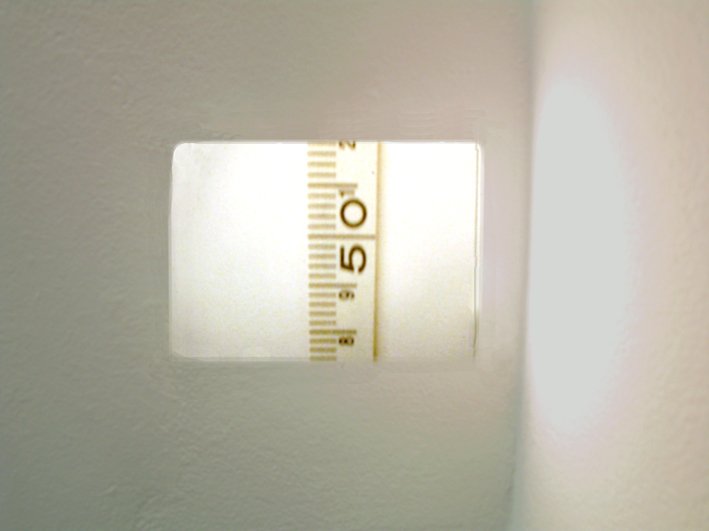
Alexander Gutke, Singularity, 2010, 16mm, variable dimension film
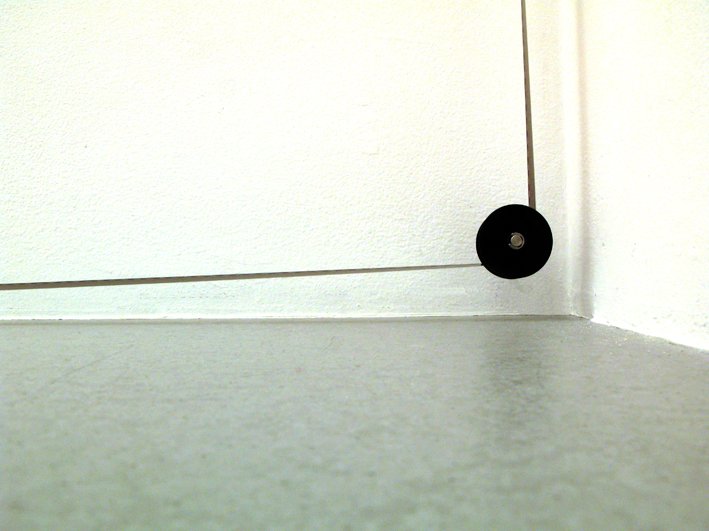
Alexander Gutke, Singularity, 2010, 16mm, variable dimension film, detail
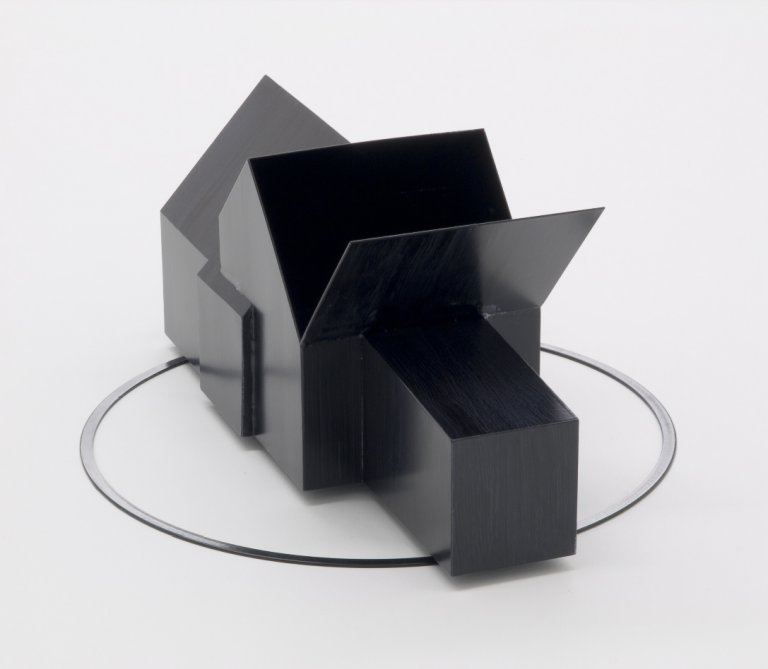
Alexander Gutke, Camera, 2008, powder coated steel, photographic emulsion, 55x52x22cm
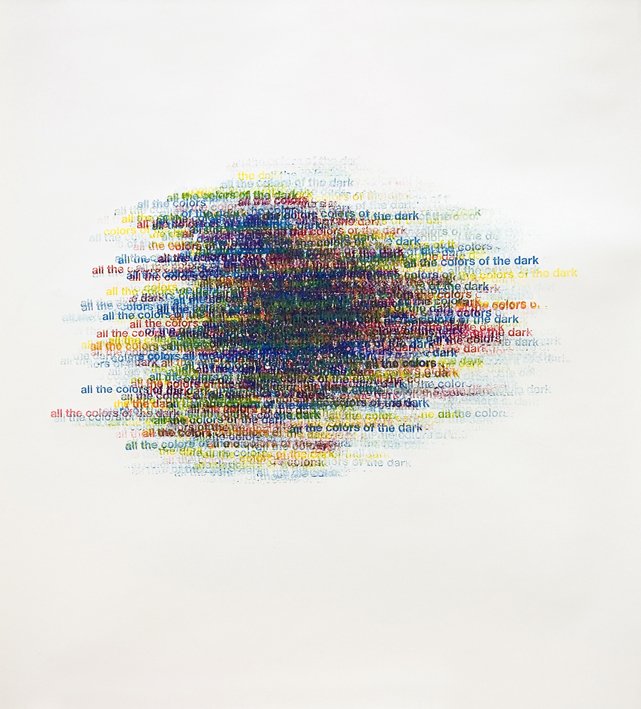
Alexander Gutke, Sutraktion nr 4, 2007, stamped ink on paper, 170 x 150 cm
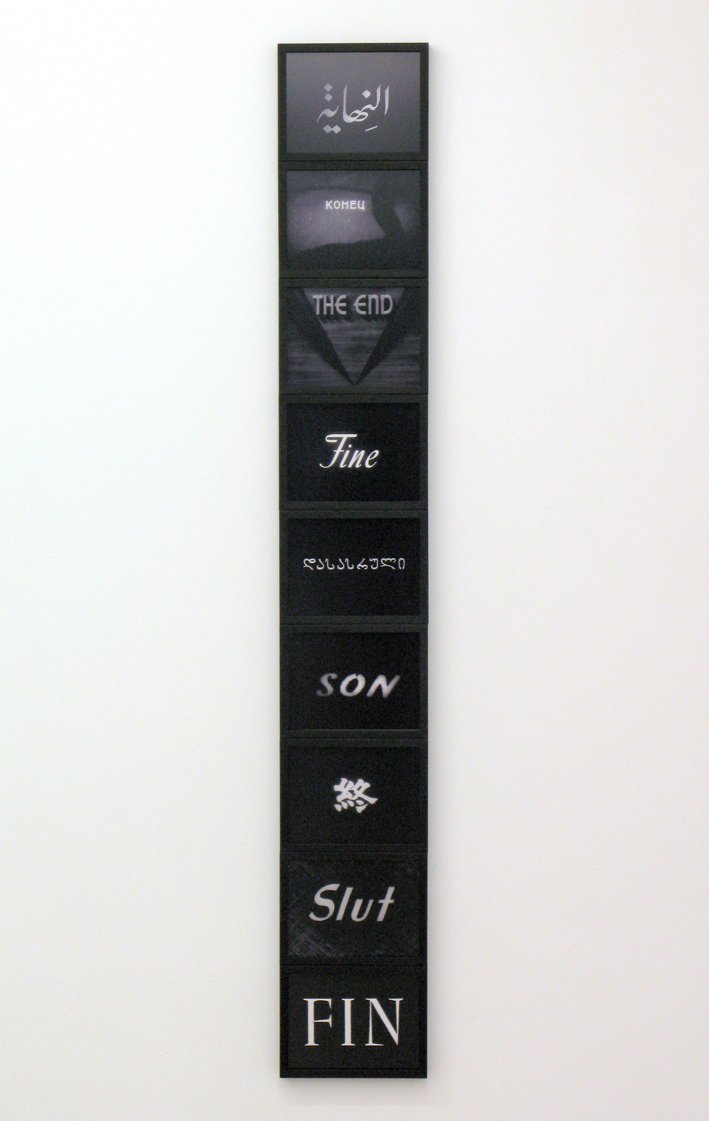
Alexander Gutke, 9 ways to say its over, 2006, 9 digital video stills on acid free photo paper, 26 x 20 cm
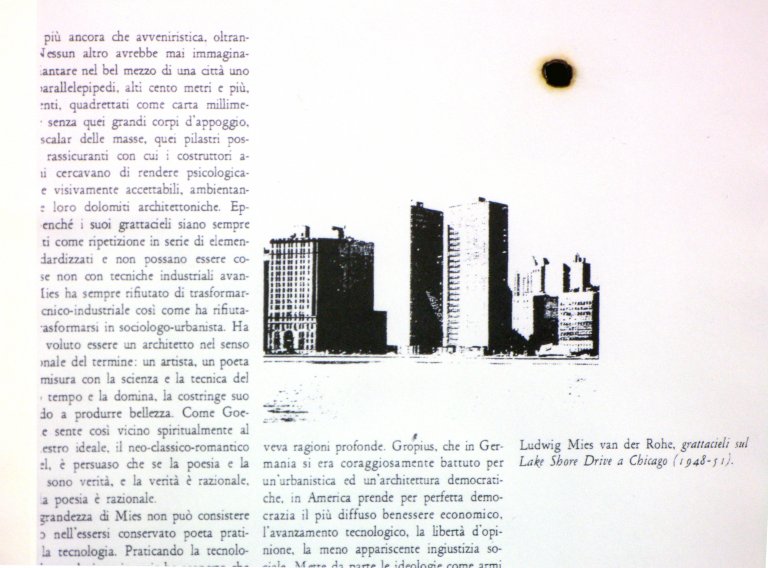
Christian Andersson, Lake Shore Eclipse, 2009, framed xerox paper, tape, hole, velvet, 43 x 34
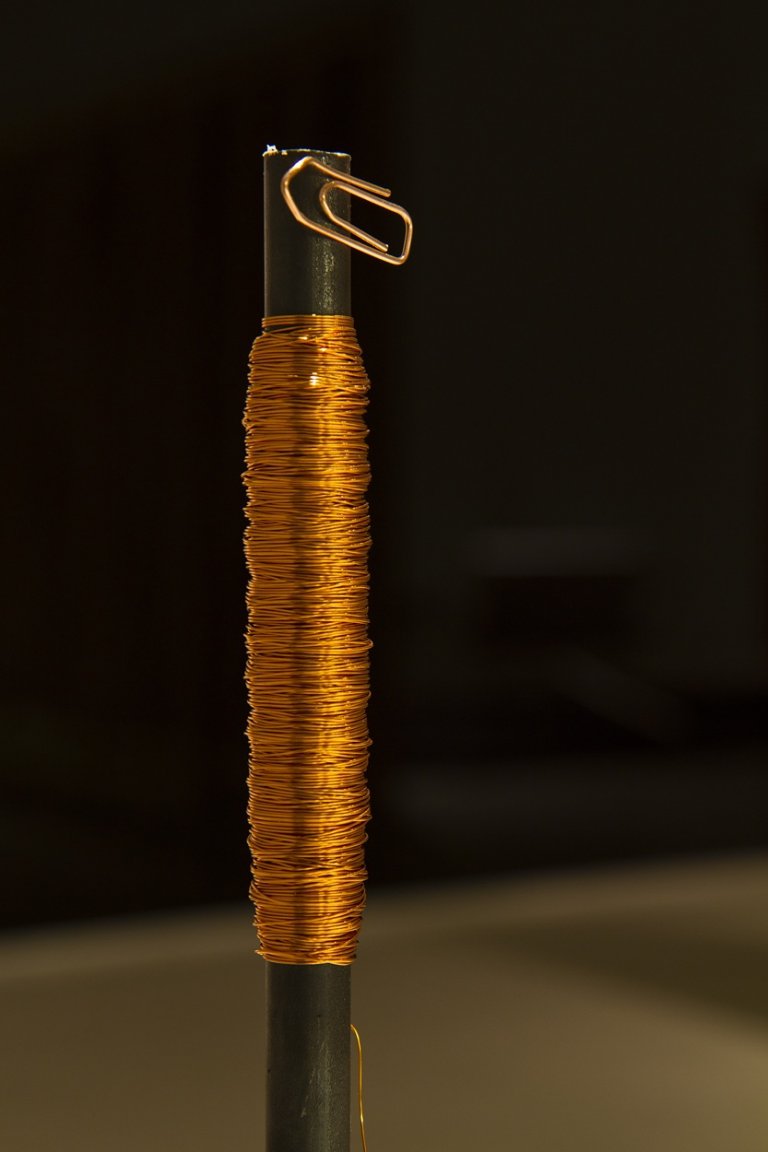
Christian Andersson, Paper Clip (Baghdad Batteries), detail

Christian Andersson, The Sistine Chapel (B.C.), 2009, detail
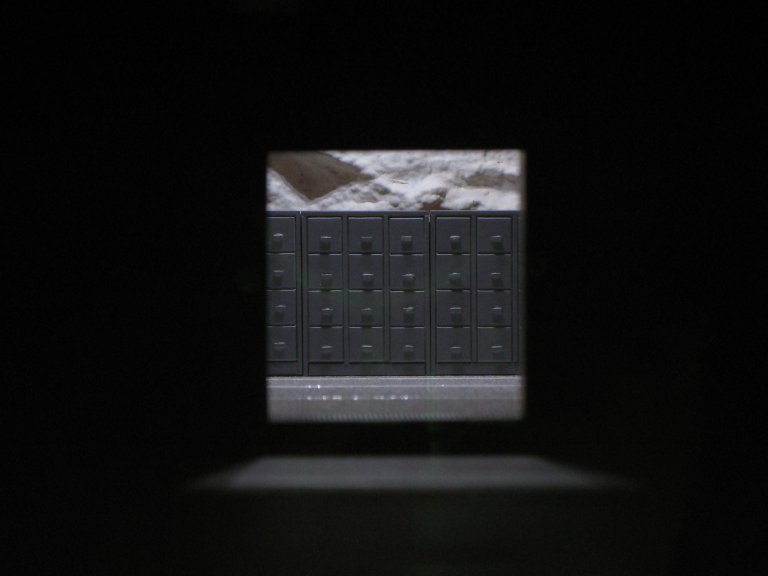
Christian Andersson, 3 (corbis film preservation facility), 2009 MDF board, plastic, paper, paint, electric lights, 90 x 42 x 25 cm
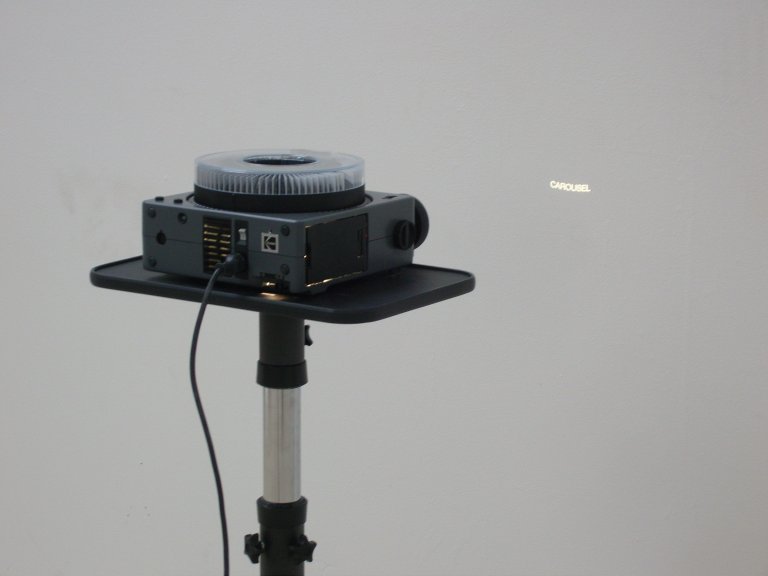
Alexander Gutke, Universe, 2008, dia-projector Kodak Carousel, stand, Variable dimensions,
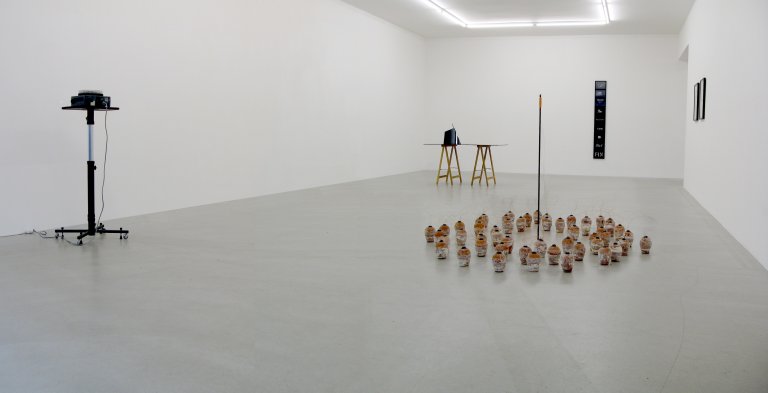
Installation view
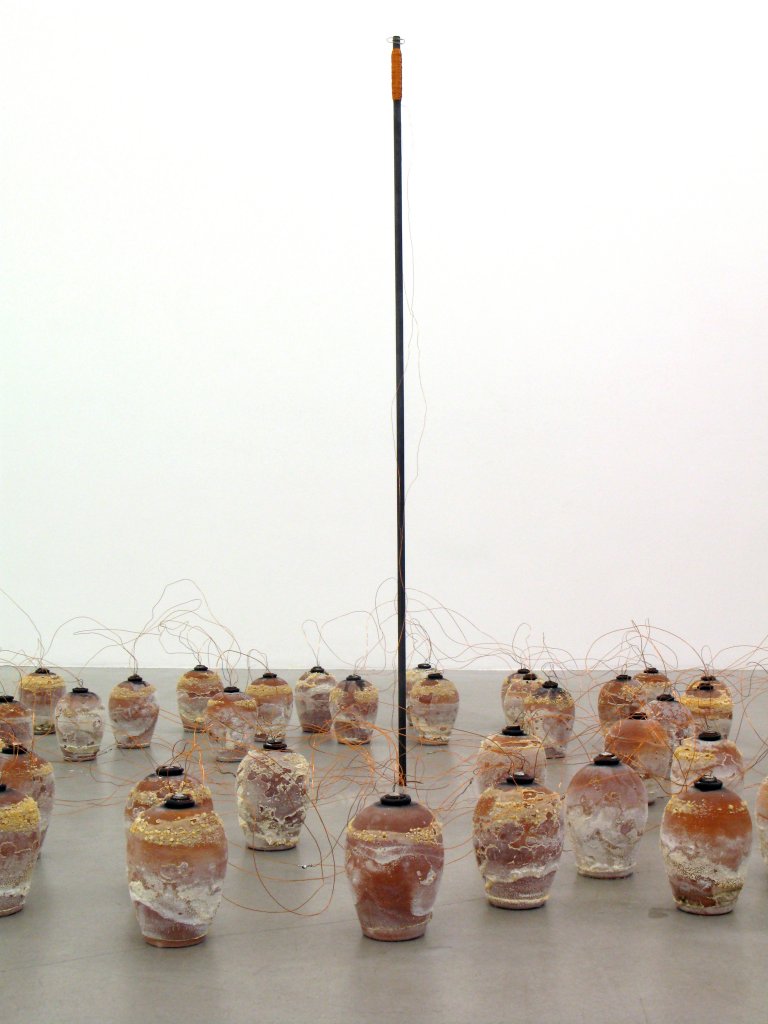
Christian Andersson, Paper Clip (The Baghdad Batteries), 2009, 49 replicas of the "Baghdad Battery" (clay jar, copper, iron, vinegar) copper wire, electromagnet (iron rod, copper wire), 1 paper clip, 200 x 200 x 125 cm
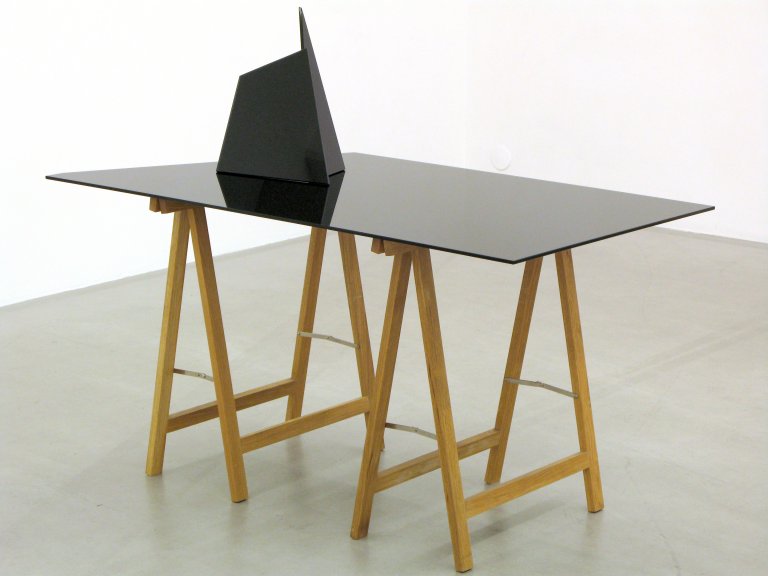
Christian Andersson, The Sistine Chapel (B.C), 2009, glass, paper, wood, 140 x 75 x 113 cm
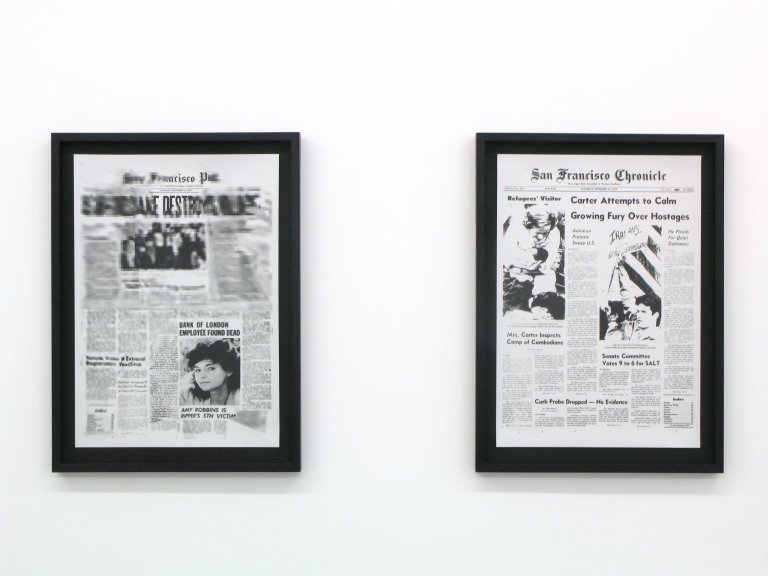
Christian Andersson, Saturday, November 10, 1979 (San Francisco Chronicle / Hearst Corp.), 2010, offset print, diptych, 50 x 35 cm each
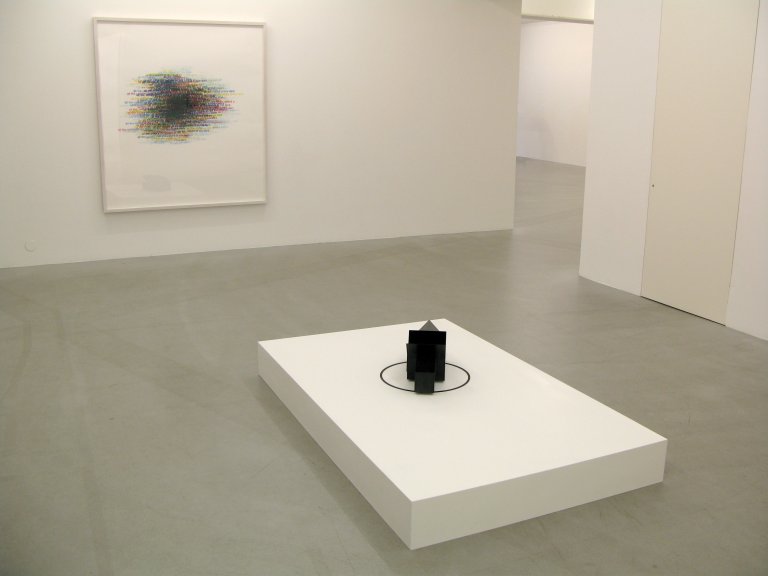
Installation view
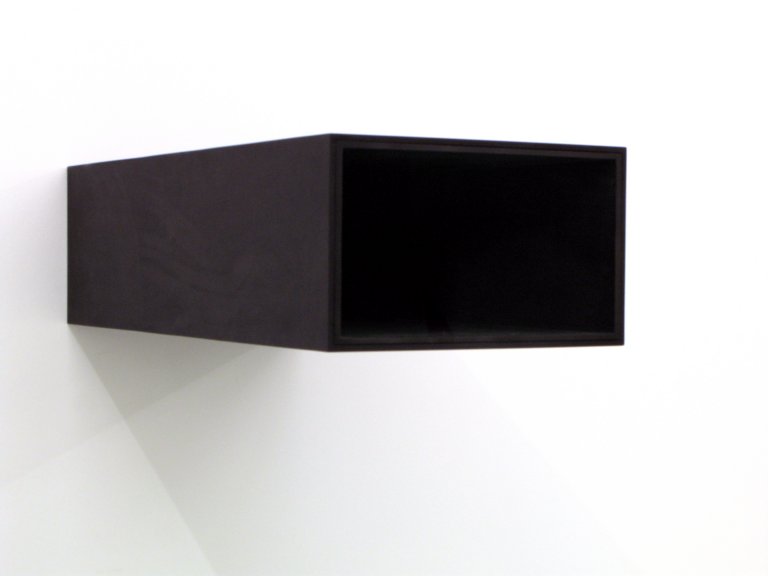
Christian Andersson, 3 (Corbis Film Preservation Facility), 2009, MDF board, plastic, paper, paint, electric lights, 90 x 42 x 25 cm, (hanging 135 cm from the floor)